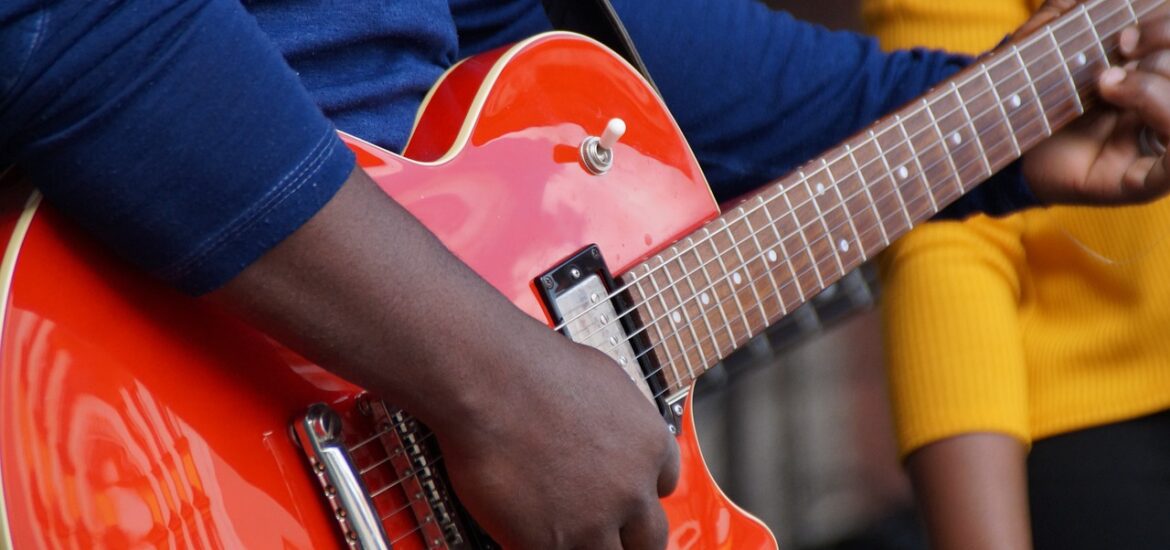Are you wondering why guitar is an art? This age-old question has intrigued music enthusiasts, artists, and even casual listeners. This article will delve into the multi-faceted aspects that make the guitar not just an instrument but a profound art form.

Why Guitar is an Art
So why is guitar an art? Let’s dive deep and answer this question in detail…
The Harmony of Structure and Freedom
At first glance, guitar playing involves a set of rules and techniques. However, these foundational elements serve as a canvas, inviting you to paint your own auditory masterpiece. Scales provide the palette, chords create the framework, and your fingers hold the brush.
The beauty of the guitar lies in its ability to offer structure while encouraging improvisation, allowing players to incorporate their own styles and nuances. The balance between these elements encapsulates why the guitar is more than a mere instrument; it’s a medium for artistic expression.
The Emotional Connection
Emotion is at the core of any art form, and the guitar is no exception. The range of emotions that a guitarist can express is boundless, from the melancholy tones of blues to the ecstatic riffs of rock. The emotionality isn’t just a byproduct of the music; it’s a key component.
A single chord can evoke feelings of nostalgia, longing, happiness, or sorrow. Each note can be a word, each melody a sentence, and each song a story. This profound emotional connection stands as one of the strongest arguments for why the guitar is an art form.
Read more guitar topics here – Guitar Questions: Get the Right Answers to Your Burning Questions
The Aesthetic Aspect
The artistry of the guitar isn’t solely confined to sound. Visually, the guitar is often a masterpiece in itself. Consider the craftsmanship—the choice of wood, the curve of the body, the intricate inlays on the fretboard. Even the color and finish can reflect the personality and artistry of the player.
Then, there’s the aesthetic of the performance—the posture, the gracefulness of finger movement, and the engagement with the instrument. All of these elements contribute to the visual artistry of the guitar, making it a multi-sensory experience.
Cultural Impact
The guitar has transcended cultural, geographic, and linguistic boundaries, much like universally recognized art forms. From Flamenco in Spain to Country music in the United States, from the Samba rhythms of Brazil to the classical concerts of Europe, the guitar is a global instrument.
Its ability to adapt and resonate with different cultural narratives and musical genres speaks volumes about its artistic versatility. The guitar serves as a musical ambassador, connecting people and cultures in a way that few other instruments, or even art forms, can achieve.
Why Guitar is an Art: Conclusion
The multifaceted nature of the guitar sets it apart as an extraordinary art form. From its capacity for emotional depth and technical complexity to its aesthetic and cultural significance, the guitar holds a unique position in the artistic world.
It challenges, captivates, and communicates, offering a universal language that speaks to the soul. For these reasons and more, there can be no doubt that the guitar is indeed an art form deserving of deep appreciation and study.
